TTArtisan 50mm F0.95 Review
Dustin Abbott
June 20th, 2022
TTArtisan has continued to surprise me with lenses that in some way exceed my expectations. Whether it was a surprisingly sharp full frame fisheye lens, a shockingly competent macro lens that cost right over $100, or tiny little prime lenses like the 23mm F1.4 that are surprisingly competent…and cheap. The most recent way that I’ve been surprised is with TTArtisan’s 50mm F0.95 lens. Lenses with maximum apertures like this are notoriously difficult to engineer, and I’ve yet to see a truly sharp lens at F0.95. TTArtisan hasn’t quite managed to break that trend (as we’ll see), but where I was shocked was when I put this lens designed for APS-C camera mounts (Sony E, Nikon Z, Fuji X, M/43, Canon EF-M and RF) on my full frame Sony E-mount cameras and discovered that it functioned about 95% normally as a full frame lens. Here’s what my distortion and vignette chart looks like on my a7IV (full frame camera):
Sure, that’s a lot of distortion and vignette, but what’s interesting is that I’m able to essentially correct for all of it on a full frame body.
A quick switch to APS-C does show that most of that distortion and vignette gets clipped off by the crop factor (1.5x on Sony). The vignette is actually very low for an F0.95 lens on APS-C, and TTArtisan clearly achieved that by seriously overengineering this lens for the smaller sensors. As a result, though, I’m able to credibly use this lens even on a high resolution body like my Sony Alpha 1 (50MP). Here’s a wide open shot from that combination:
It’s not flawless. While there isn’t any mechanical vignette (permanent black vignette where light is completely blocked by a too-small lens opening), the corners will never quite get sharp on full frame because the lens doesn’t quite resolve the final 3% of the full frame image circle. It could be argued, however, that this isn’t really necessary on a lens like this while will be more valued for its dreamy rendering and very shallow DOF rather than sharpness from corner to corner. The effect in the corners of the frame, while technically flawed, add some aesthetic character akin to some of the old Soviet Helios lenses:
In short, I found this lens a lot of fun on both full frame and APS-C, though, as always, you have to properly calibrate your expectations for what a lens like this can and cannot do. The TTArtisan 50mm F0.95 is a little more expensive than many TTArtisan lenses, though still a bargain at less than $220 USD.
Is this inexpensive little lens with a wonderfully vintage aesthetic a good option for you? For a deep dive, check out the video review below…or read on.
Follow Me @ Patreon | My Newsletter | Instagram | Facebook | DA Merchandise | Flickr | 500px
I want to thank Foto Vision (retailer) for sending me a review copy of this lens. As always, this is a completely independent review. The opinions here are completely my own. *The tests and most of the photos that I share as a part of my review cycle have been done with the Sony a6400 along with the Sony Alpha 1 which will serve as my benchmark camera for the foreseeable future (my review here).
TTArtisan 50mm F0.95 Build, Handling, and Features
The TTArtisan 50mm F0.95 has a focal length equivalent (in most mounts) to something like a 75mm full frame angle of view on cameras with a 1.5x crop factor (Sony and Fuji), with a slightly longer focal length on M/43 (2x). I actually prefer the lens on full frame for that reason, as it then is the classic 50mm focal length. It’s nicely compact at 60mm (2.36″) in diameter (with a common 58mm filter thread) and a length of 68mm (2.67″). Because of an all metal and glass construction the weight for the little lens is surprisingly hefty at 411g (14.5 oz).
Take a look inside, and it’s easy to see why. This is a metal barrel that is basically full of glass elements (there are only 8 elements in six groups, but they are BIG elements).
I love the unique aesthetic of the lens, which has a black barrel punctuated by deep grooves filled with silver paint. This provides a different kind of textured grip than the standard fare. Both the aperture ring (near the front of the barrel) and the larger focus ring that dominates the barrel use this style, and it looks very unique (and stylish!).
There’s a smooth black section near the lens mount that does have some textured ridges for grip, those these are painted in black and don’t stand out the same way. There are also hyperfocal markings on this section for those that like to zone focus, though the standard distance scale is incorporated onto the focus ring.
I liked the focus ring, which moves smoothly and with excellent weight and damping, though if I focus fast I feel just a slight bit of slippage in the damping. The focus throw isn’t exceptionally long (about 110-120 degrees of rotation), but it seems sufficient for accurate focus. There is a minuscule amount of barrel extension during focus, but it is so minor as to almost imperceptible because it occurs in the center of the lens rather than the front barrel. I felt like I had good focus results due to being able to magnify the image to confirm focus, though as per usual I found focus easier on my camera with higher resolution EVFs. You really miss a quality EVF when you are manually focusing on a camera that lacks one (hello, a6400!)
The aperture ring isn’t exceptional. It relies on a single red dot engraved on the side of the lens to indicate aperture position. The aperture seems to have half stop intents through F4, where the range narrows and there is only room for full aperture stops from F4 to F16. It moves fairly well, though, with clearly defined “clicks”. There is no “declick” option.
The aperture iris itself has ten blades and stays fairly rounded as you stop it down. The look of it when stopped down is actually rather gorgeous.
I’m not in love with the lens cap, which is a very thin “screw-on” variety. While it is has a very small footprint, it takes considerably longer to remove or put back on (due to having to thread it on) as opposed to the near instant convenience of a pinch-style cap.
There isn’t a lens hood available that I can tell, which is somewhat curious in a lens with such a huge maximum aperture (and one prone to some flare issues!)
Minimum focus distance is not all that impressive at 50cm (19.7″), and the resulting magnification isn’t that great, either (it looks like roughly 0.12x). Contrast is very low at that minimum focus distance, leaving a rather unimpressive result with my test chart:
You can see that low contrast in real world results, too, though the gorgeous bokeh and the dreamy quality of the image works better in the real world than it does on a test chart.
There is no weather sealing or electronics on the lens, meaning that while metering and other camera-related functions work as normal, you won’t get anything like automatic magnification of the image, lens-specific EXIF information (focal length or aperture), and you’ll have to manually input the focal length for in body stabilization if your camera is so equipped. Things like focus peaking will still work, however, as that is handled by the camera, no the lens.
As is typical with TTArtisan lenses, the complaints are mostly focused on what’s not here (electronics and weather sealing), as what is here is nicely executed and feels very high quality for the price.
Image Quality Breakdown
As I noted in the intro, I’ve been pleasantly surprised by the image quality from a number of TTArtisan lenses despite their very low price, but taking on a lens with such a large maximum aperture is a whole other challenge. I’ve yet to see a truly sharp lens with this large of a maximum aperture, and I didn’t really expect a $200 lens to be the first.
It isn’t.
On a technical level, the TTArtisan 50mm F0.95 is never what you would call “pin sharp”, though it does achieve decent levels of sharpness when the aperture is closed to the prime aperture values of F5.6-F8. Where the lens excels is in the beautiful quality of the rendering and bokeh, which can produce some stunning images at wider apertures even if contrast isn’t exceptional. Here’s a shot around F1.4:
This was shot on the 33MP Sony a7IV, and if you pixel peep, you can see that there’s actually a pretty good amount of sharpness that is held back by unexceptional contrast.
But this lens isn’t about technical perfection; it is about the feel of the images at large, and on that note it thrives.
We took a look at vignette and distortion previously, and while both are heavy if you put it on a full frame body, on its native APS-C it has only a small amount of barrel distortion (+6 in my corrections) and minimal vignette (I used a +28 for a clean correction). You can see the corrected result in my comparison in the opening section.
On full frame the defects are arguably a part of the unique “look” of images used on a larger sensor than what it was designed for. Here’s a case in point at F0.95 on the high resolution Alpha 1:
When composing near the center, the vignette and corner sharpness naturally focus the eye towards the center of the frame. If you want a technically perfect full frame result, you need to buy a different lens. The TTArtisan 50mm F0.95 is going to be far more appealing to those who value the “feel” of images over technicalities.
I didn’t actually find that the lens struggled with a lot of Longitudinal CA (fringing), though you can see some general fringing and “blooming” on high contrast subjects due to the low contrast.
I didn’t see a lot of noticeable fringing in bokeh highlights, however, which is a big deal on a lens like this that produces so much bokeh!
Neither did I see much in terms of lateral chromatic aberrations near the edge of the frame. This image is an interesting one to share as it illustrates several points. This was shot on the Alpha 1, and the first crop shows a very sharp result even on a high resolution body in the “sweet spot” of the lens. The second crop shows both the low amount of fringing in the high contrast areas near the edge of the frame and also the spot where the lens ceases to be able to resolve the corners of the full frame sensor. That last 3-4% of the frame becomes a watercolor.
We’ll do our formal test on the APS-C image circle that the lens is designed for, using the 24MP Sony a6400 for this series of tests. Here’s a look at the test chart:
High magnification crops (nearly 200%) at F0.95 show reasonable resolution but very low contrast in the center and midframe result, but nearly no image quality to speak of in the far corner:
You can see the “blooming” and fringing around high contrast transition areas that are evidence of the low contrast issues.
Stopping down to F1.4 produces a little more contrast but there still isn’t a lot of apparent sharpness. By F2 the center and mid-frame are starting to sharpen up:
…though the corners have a long way to go!
Corners don’t look great until F5.6, where there is excellent sharpness across the frame even at high magnification:
Real world results look even better, with great detail across the frame.
That looks great, obviously, but don’t buy this lens to do that (or least as your priority). If you buy this lens, buy it for shots like this:
Look a how gorgeous that bokeh is at F0.95!
Lenses like this have a dual nature. You can choose the “dreamy” look at wide apertures, and then trade that for increased sharpness and contrast when you stop down…though at the cost of the creamy background.
If you want a lens that can give you both high contrast at wide apertures AND that creamy background, you’ll have to pay a LOT more money!
I mentioned that the TTArtisan 50mm F0.95 doesn’t come with a lens hood, but it frankly could use one. I saw a variety of different flare related issues depending on where I placed the sun in the frame (and as I changed apertures):
Things really vary widely depending on the unique position of the sun. You can go from next to nothing to extreme flare artifacts, so be careful with your composition and where you place the sun.
But technical merits aside, the TTArtisan 50mm F0.95 is the kind of lens that can reward you with really gorgeous, unique images even with the simplest of subjects.
I would encourage you to check out the image gallery below to enjoy more of the lens and its “flavor”.
Conclusion
The TTArtisan 50mm F0.95 is the kind of lens that you can have a lot of fun with if you go into it with realistic expectations of what it is…and what it isn’t. The fact that it could also (mostly) work on a full frame camera really increased my enjoyment of the lens, as (at least on Sony) the full frame cameras tend to be much more fun to use with manual focus lenses than the APS-C cameras are. Use it to your strengths, and this is a lens that might just give you a lot of joy.
Stop the lens down and it becomes a nice landscape lens and behaves pretty much like any other lens.
But it is when you embrace the imperfections that the potential of the lens is unlocked. Forget about the pixel peeping and just enjoy the shallow depth of field, the beautiful bokeh, and the quirky charm of the lens. Shoot at night, shoot in dim venues, and let the light in via that massive amount of glass. F0.95 isn’t for everyone, but it can be a lot of fun.
Pros:
- Huge maximum aperture
- Creamy bokeh
- Overengineered for APS-C and covers most of full frame
- Low vignette and distortion on APS-C
- Nice build quality with smooth focus ring
- Great price
- Great subject isolation
- Fun in low light
Cons:
- Not very sharp wide open
- Low contrast until F2.8
- Corners soft until small apertures
- Flare Prone
Photo Gallery:
Gear Used:
Purchase the TTArtisan 50mm F0.95 @ B&H Photo | Amazon | Amazon Canada | Amazon UK | Amazon Germany | Pergear
Purchase the Sony E 11mm F1.8 @ B&H Photo | Amazon | Camera Canada | Amazon Canada | Amazon UK | Amazon Germany
Purchase the TTArtisan 23mm F1.4 @ B&H Photo | PerGear | Amazon | Amazon Canada | Amazon UK | Amazon Germany
Purchase the TTArtisan 40mm F2.8 1:1 Macro @ B&H Photo | Amazon | PerGear (Worldwide) | Amazon Canada | Amazon UK | Amazon Germany
Purchase the Sony a6600 @ B&H Photo | Amazon | Camera Canada | Amazon Canada | Amazon UK | Amazon Germany | Ebay
Purchase the Sony a6400 @ B&H Photo | Amazon | Amazon Canada | Amazon UK | Amazon Germany | Ebay
Peak Design Leash Strap: Peak Design Store | B&H Photo | Amazon | Amazon Canada | Amazon UK
Adobe Photoshop Creative Cloud 1-Year Subscription
Exposure Software X6 (Use Code “dustinabbott” to get 10% anything and everything)
Visit Dustin’s Amazon Storefront and see his favorite gear

Purchasing your gear through B&H and these links helps fund this website and keeps the articles coming. You can also make a donation here if you would like. Visit my Amazon page for some of my gear of choice! Thank you for your support.
Great News! I can now offer a 5% discount on all purchases at Amplis Foto, Canada’s Leading Photographic Supplier. Please enter discount code: AMPLIS52018DA in your cart. It is good for everything in your cart, and is stackable with other coupons, too! It will take 5% off your entire order! Proceeds go towards keeping this site going and providing you with new reviews!
Check me out on: My Patreon | Sign Up for My Newsletter | Instagram | Facebook | Twitter | Flickr | 500px | Google+ |
Keywords: TTArtisan 50mm F0.95, TTArtisan 50mm Review, TTArtisan 50mm F0.95, F0.95, F/0.95, Review, TTArtisan, 50mm, TT Artisan, Review, Sony a6400, Sony a6600, Sony Alpha 1, Sony a7IV, Hands On, Dustin Abbott, Real World, Comparison, Sharpness, Autofocus, Image Quality, Sample Images, Sample Video, Let the Light In, Burst, Action
DISCLAIMER: This article and description contains affiliate links, which means that if you click on one of the product links, I’ll receive a small commission. As an Amazon Associate I earn from qualifying purchases.










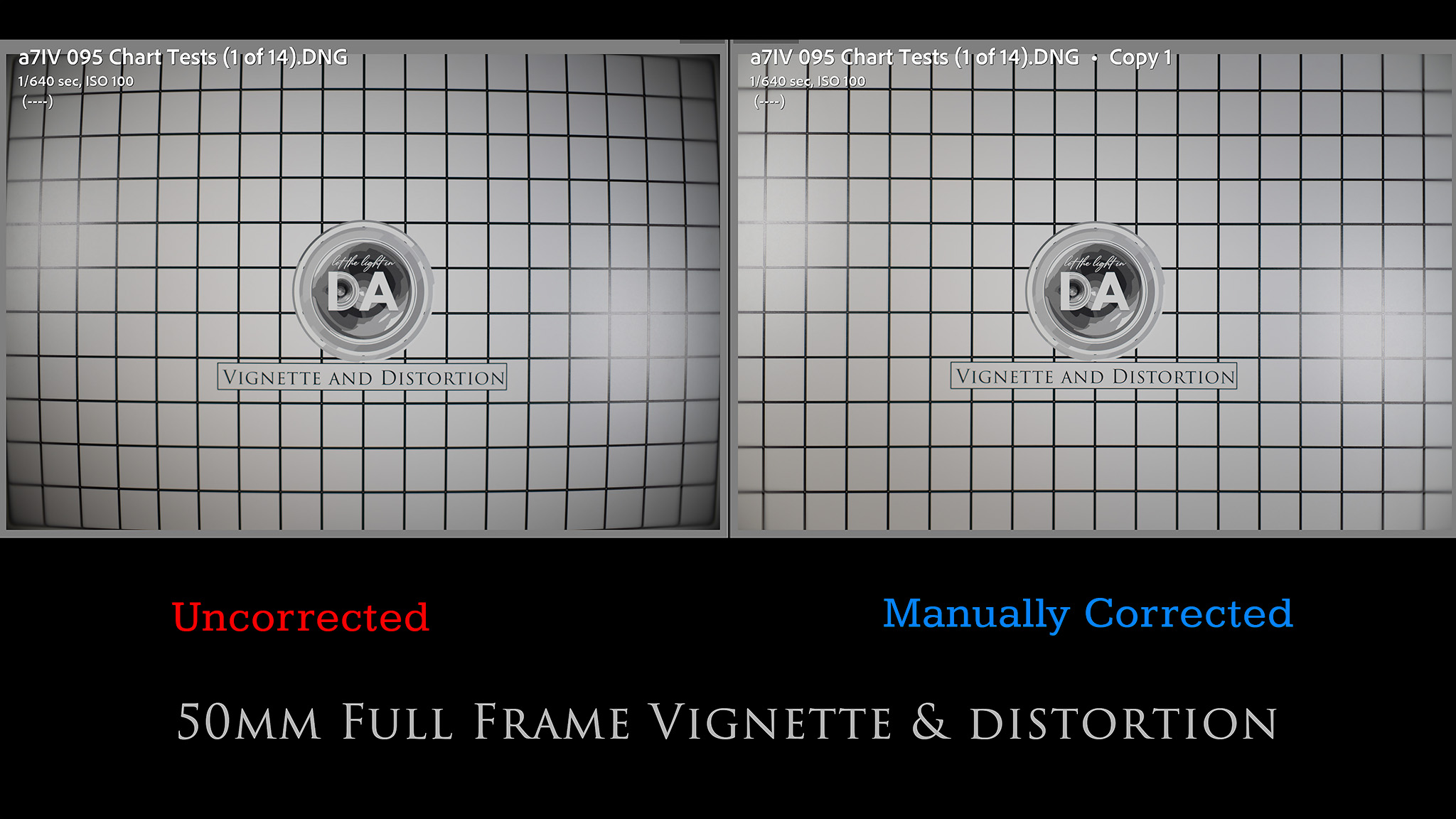
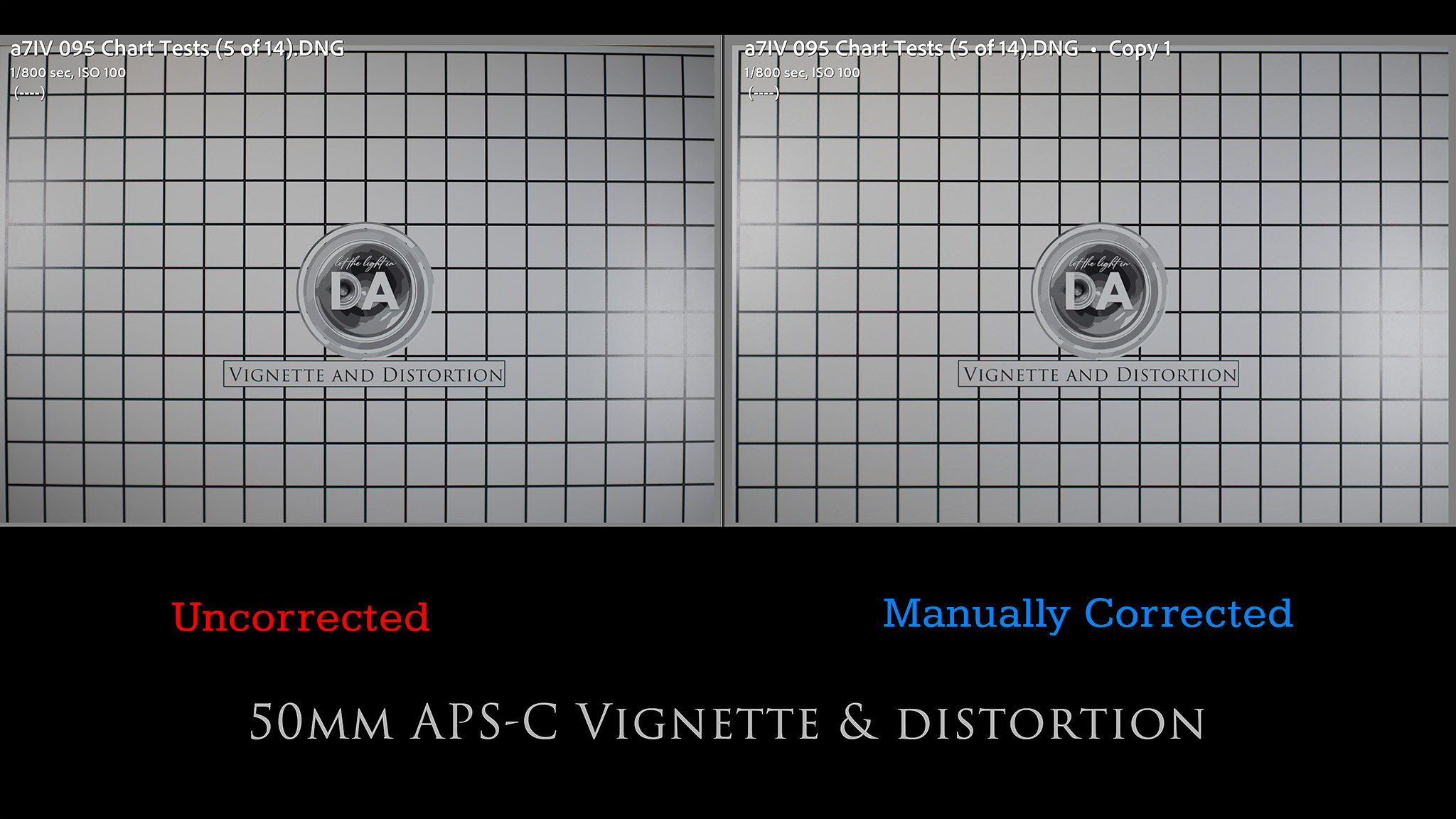
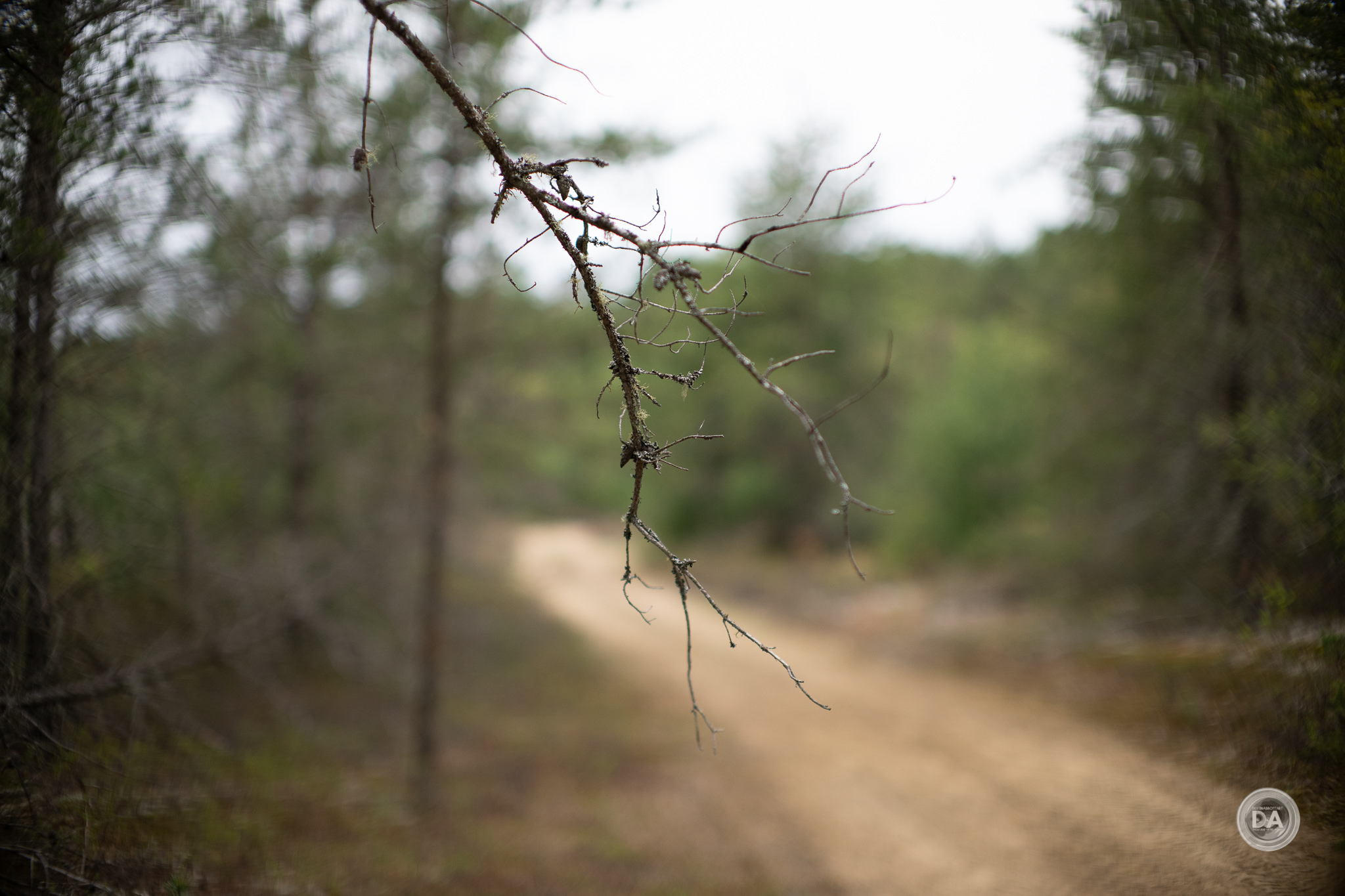


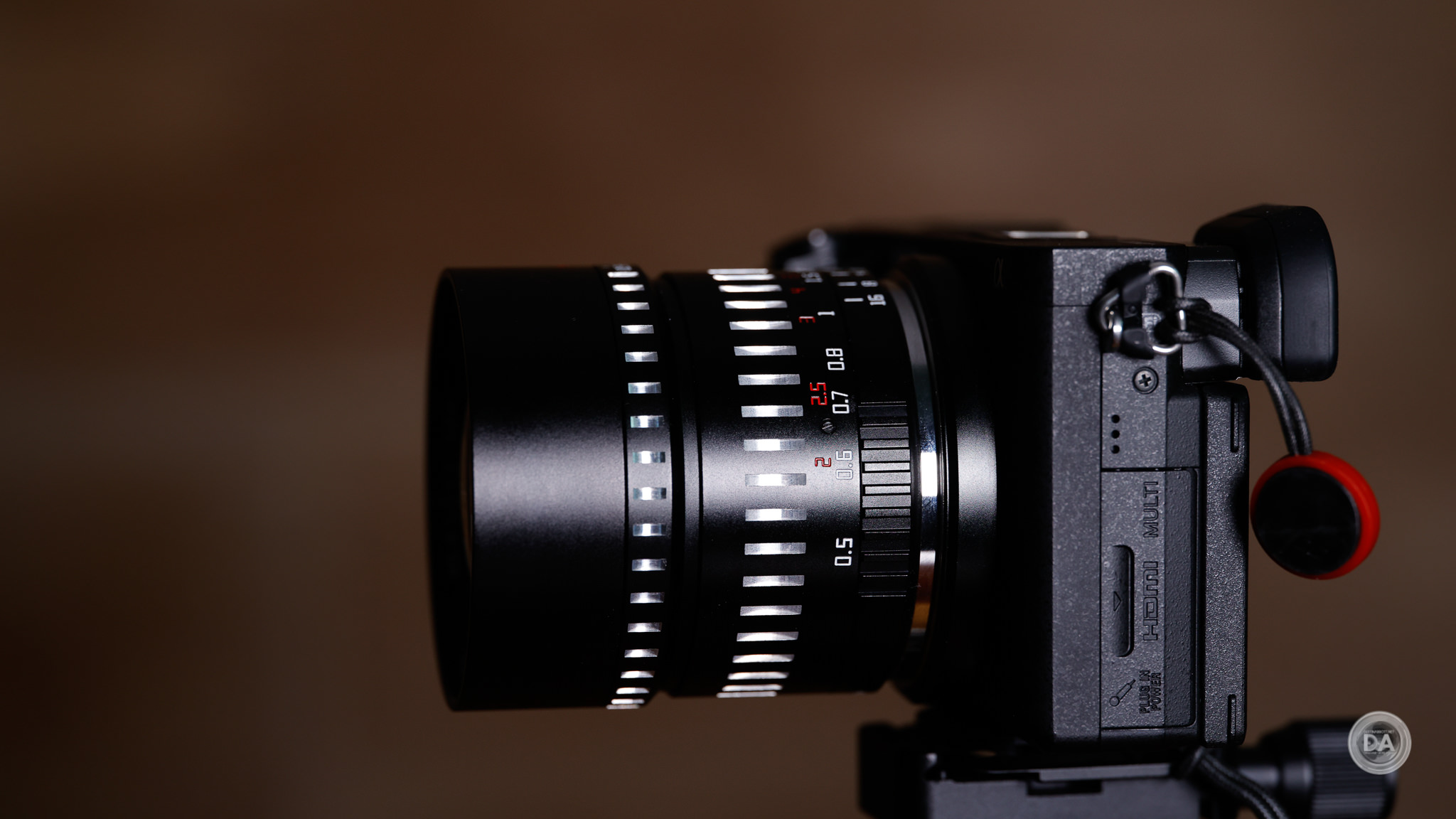
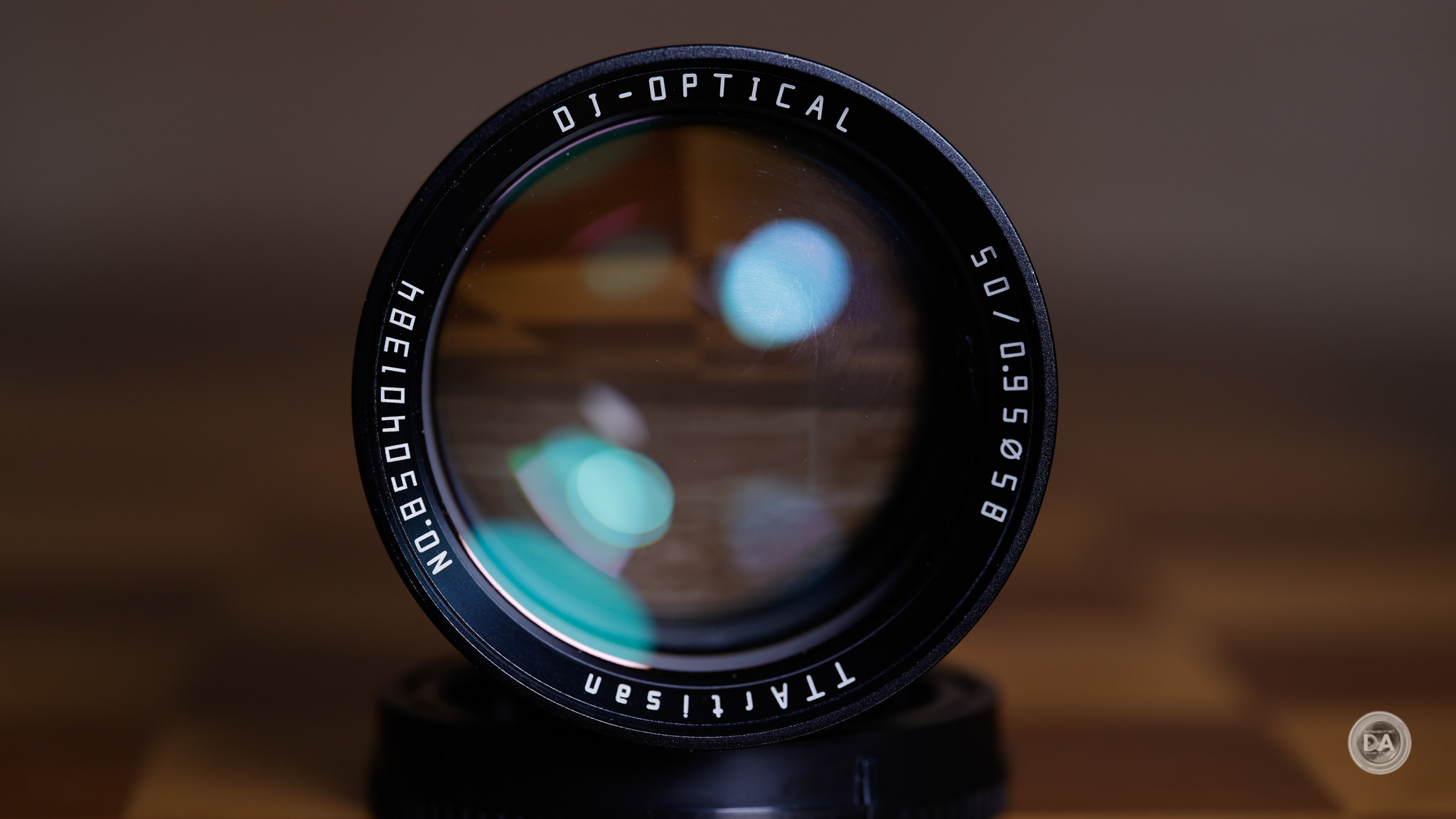
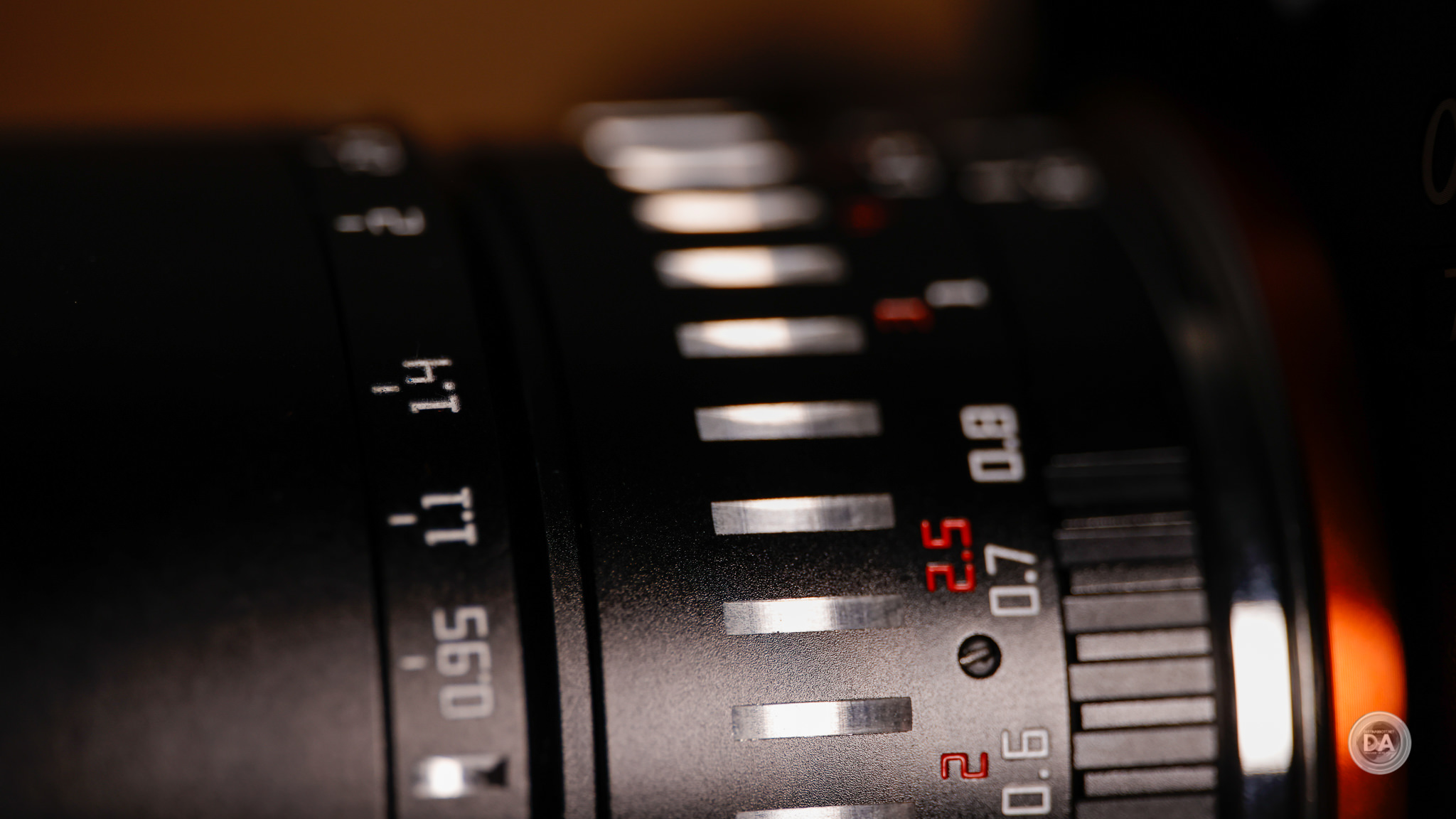
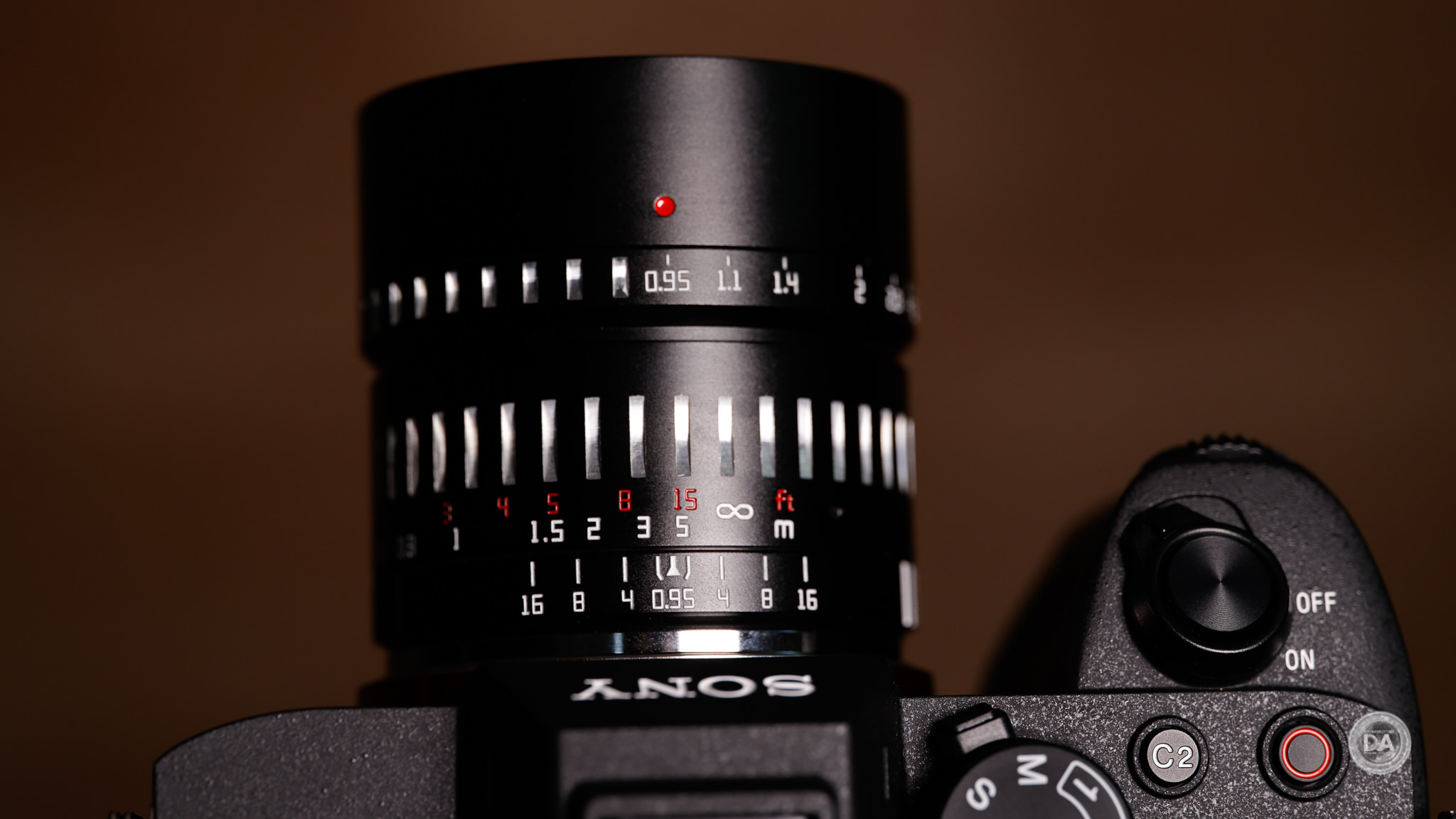



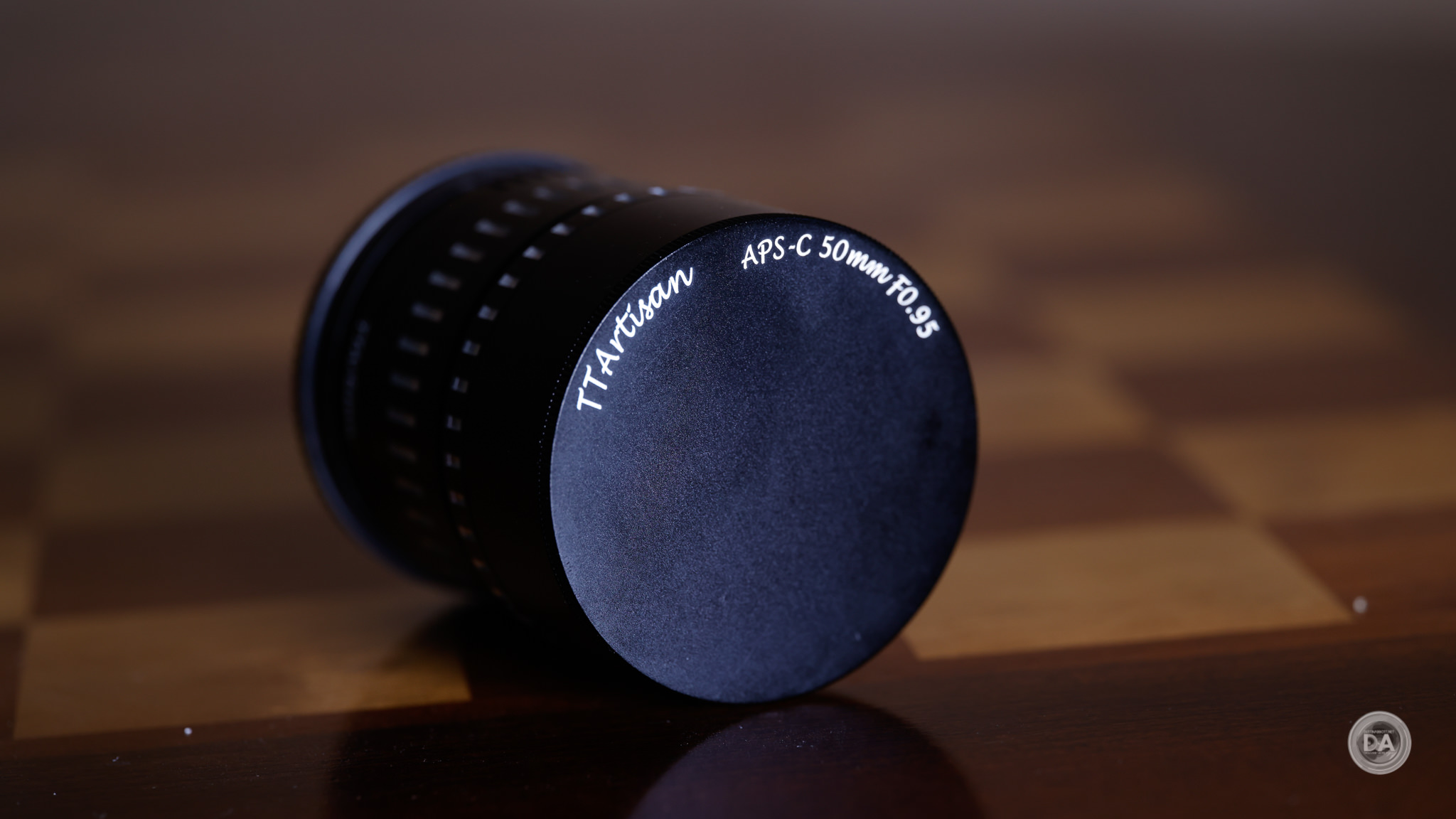
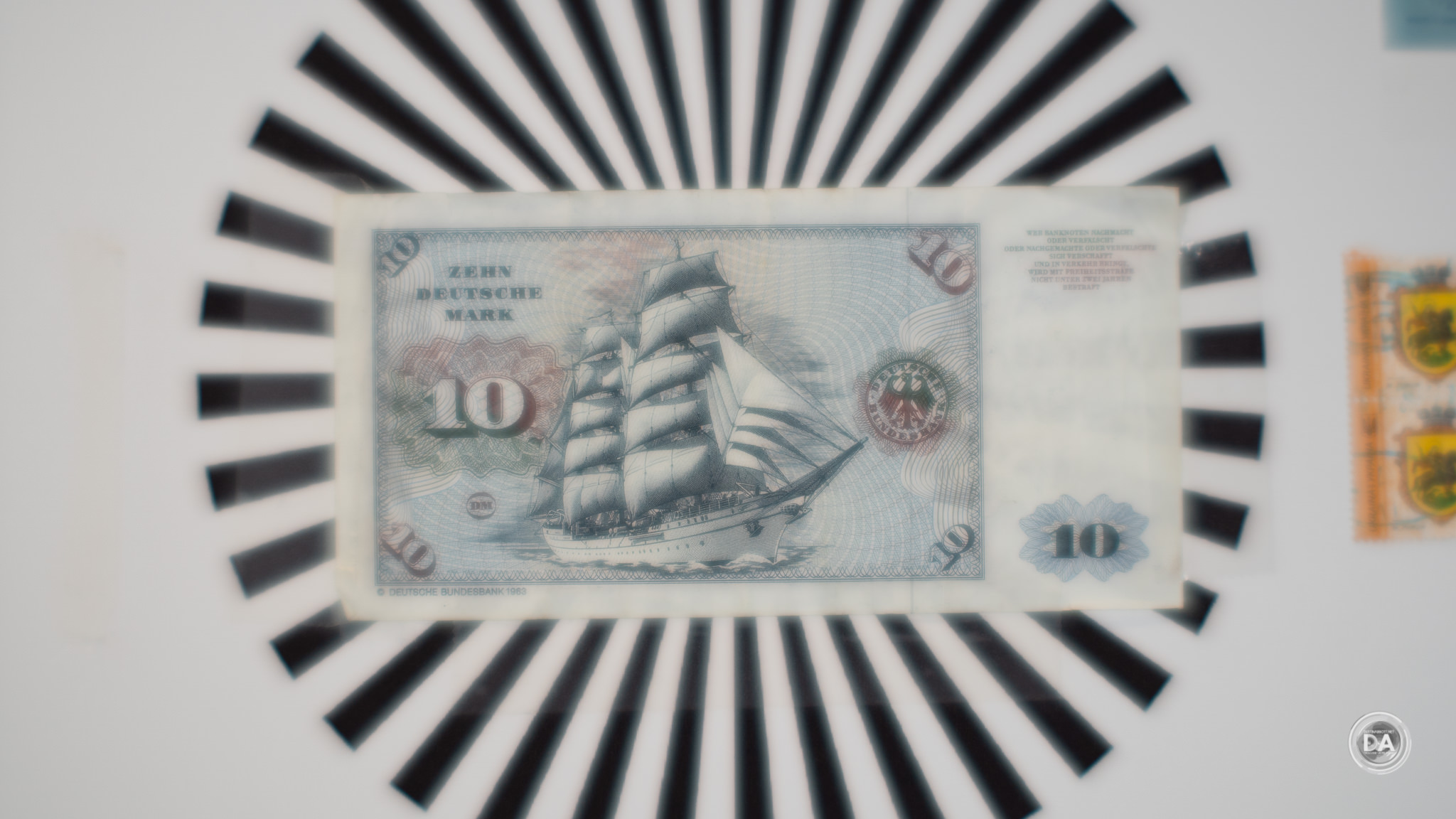


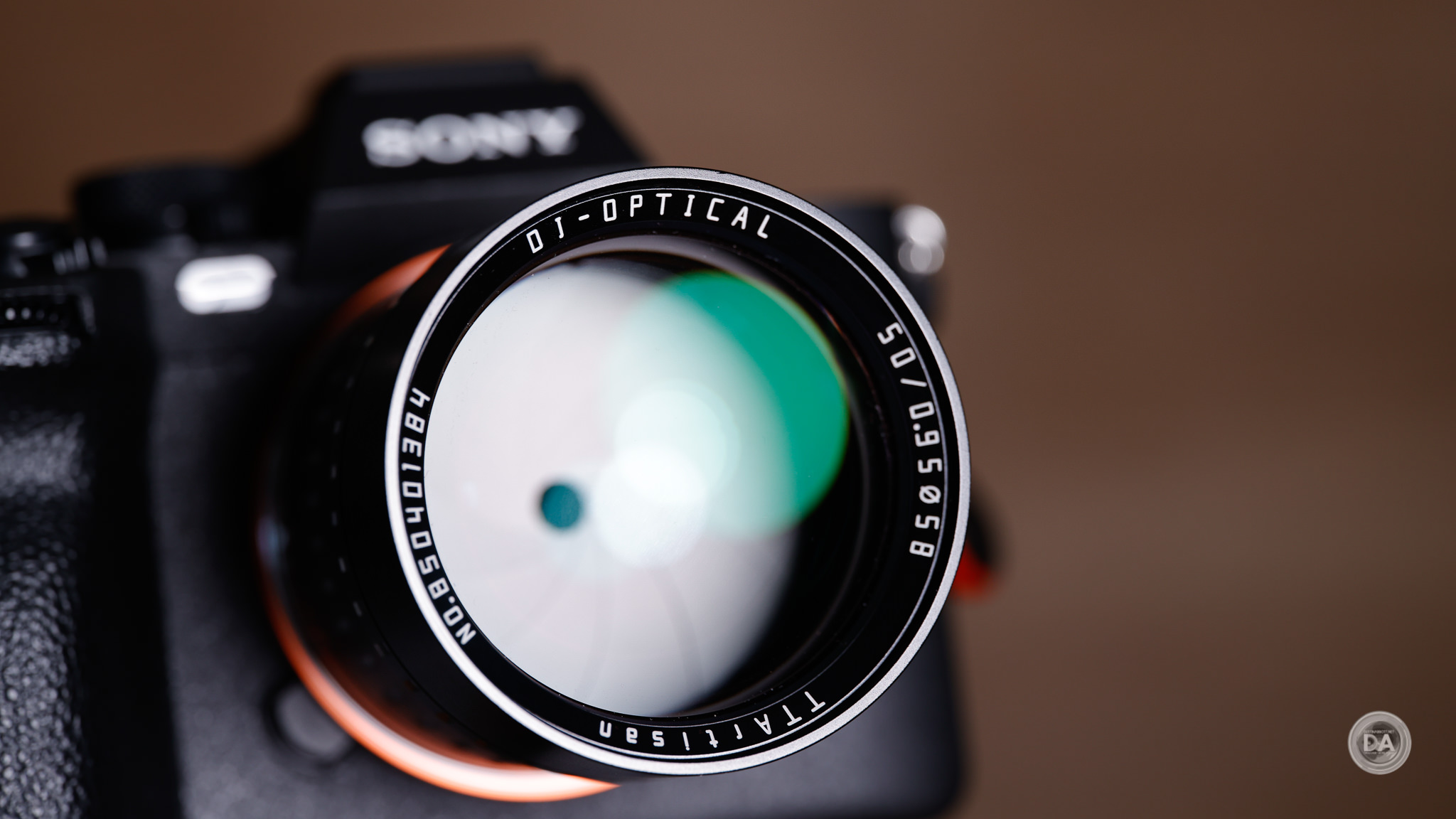


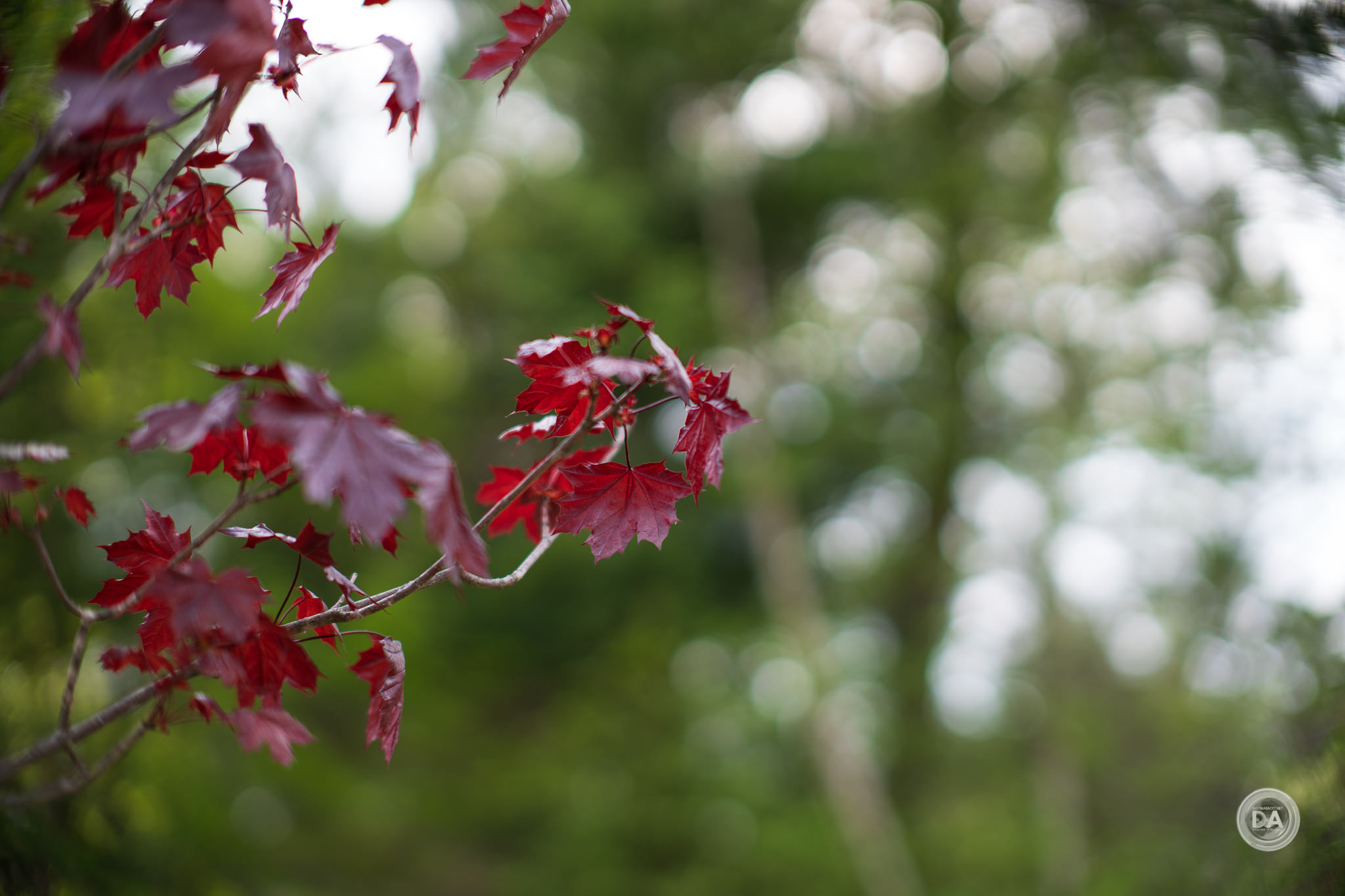
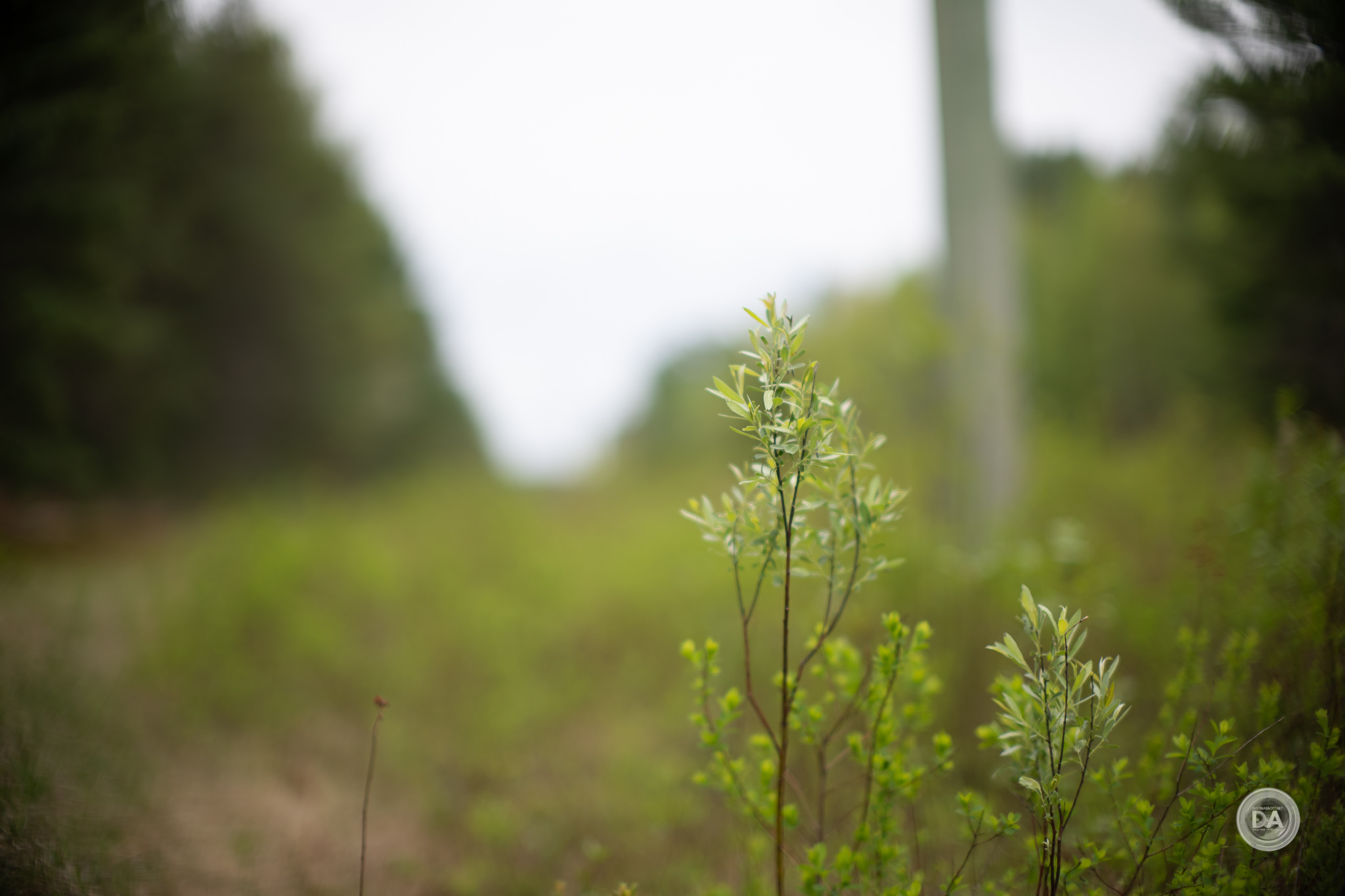
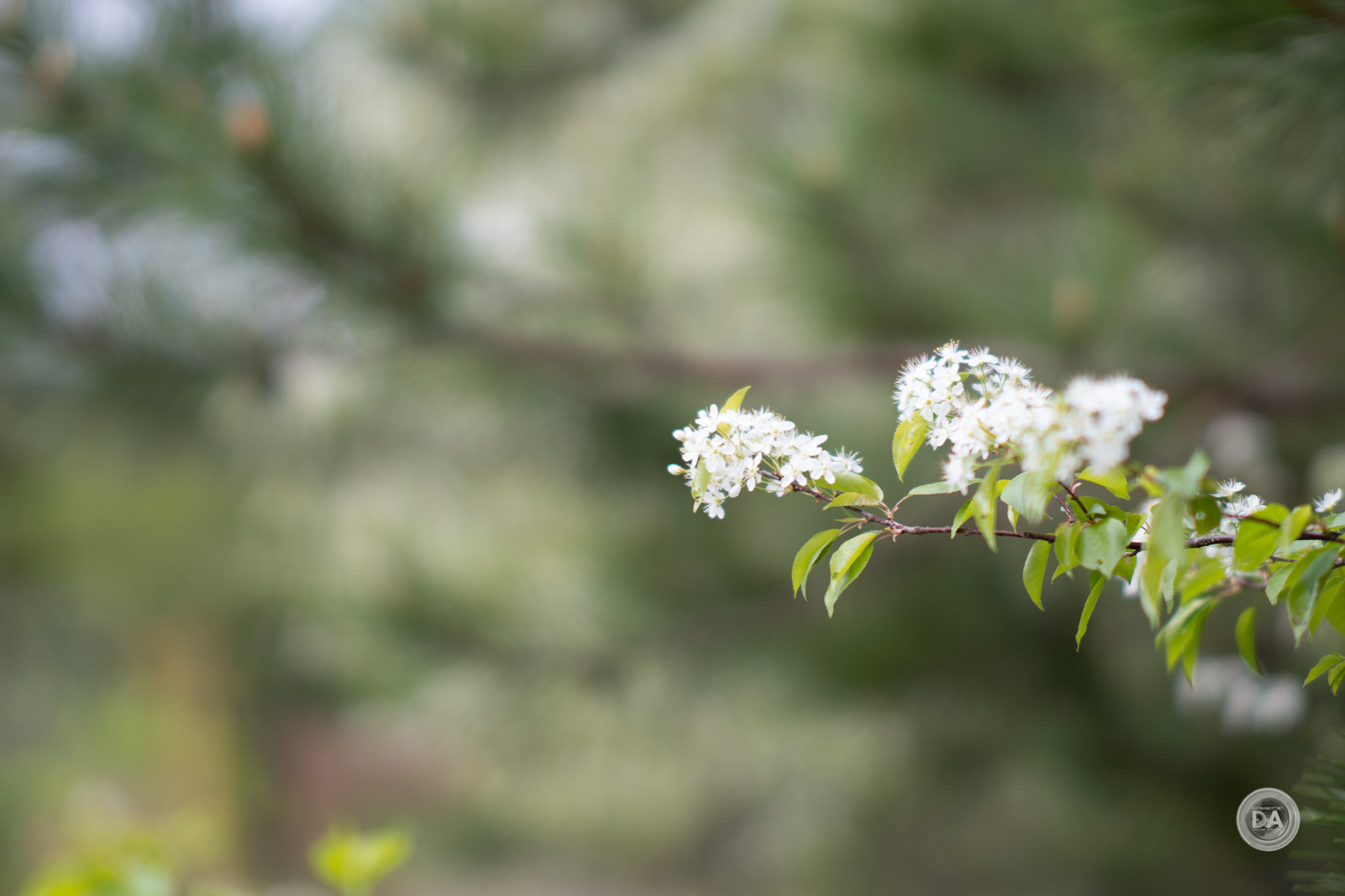
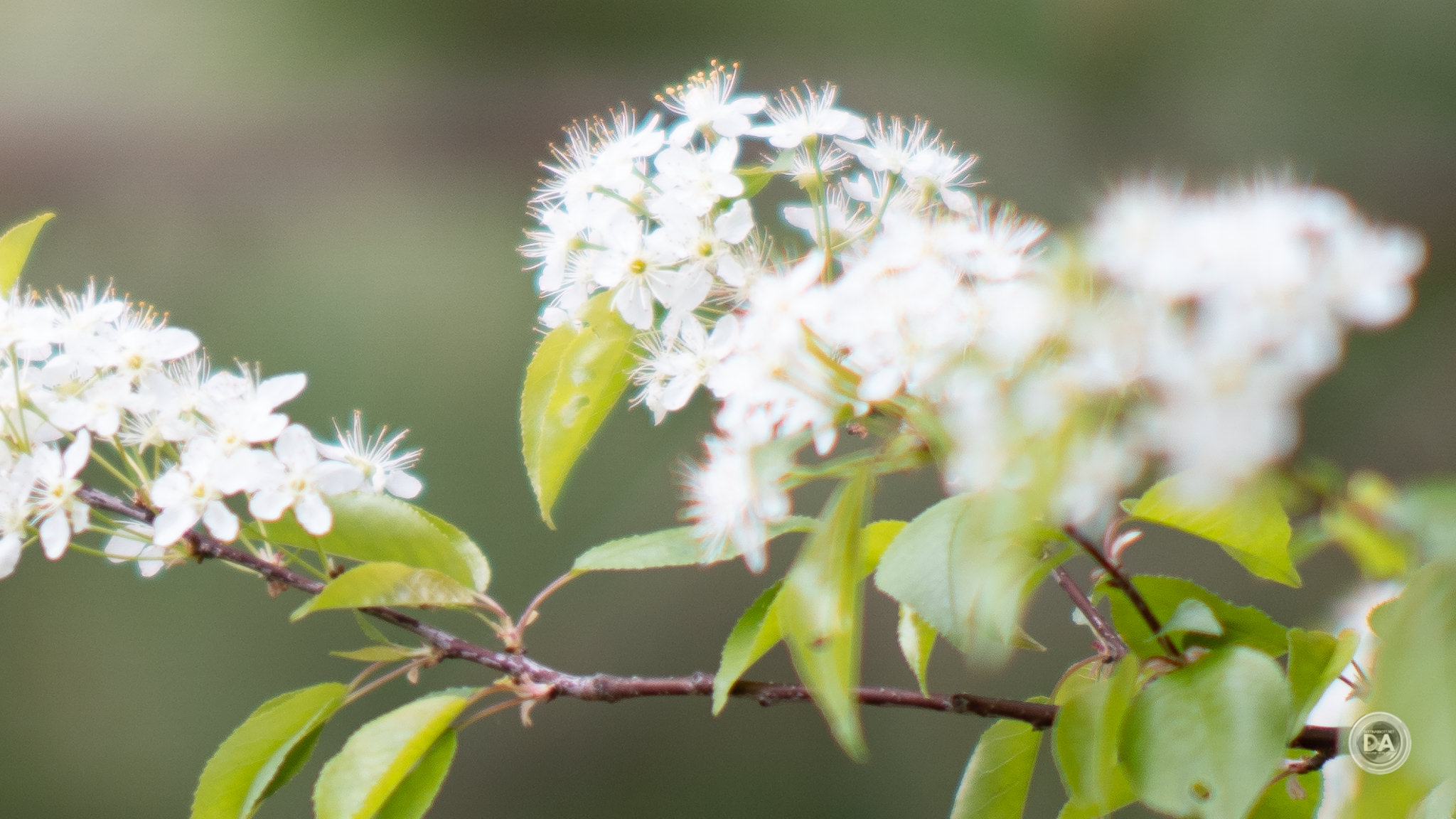
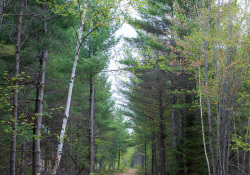


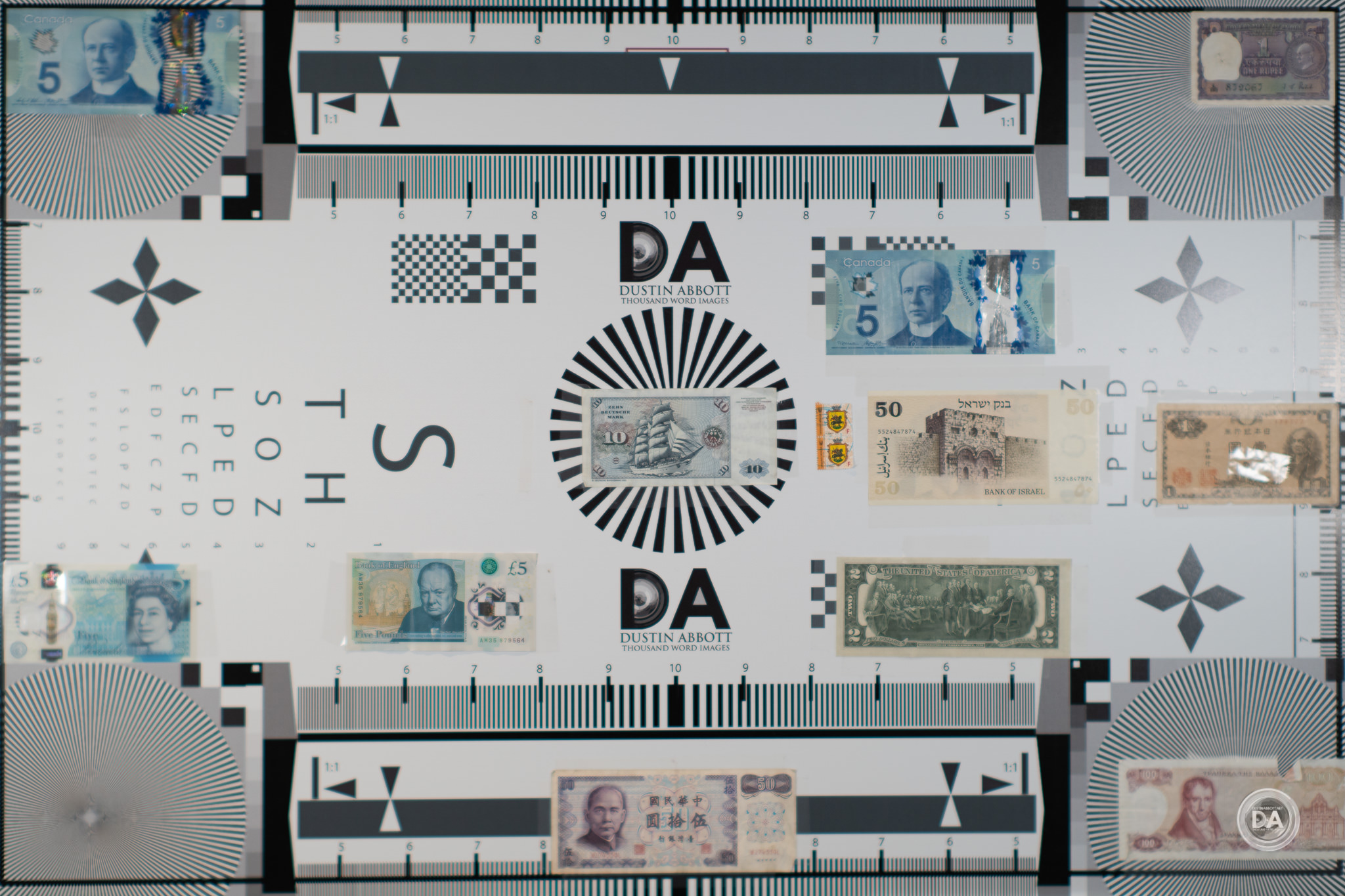
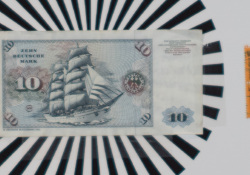
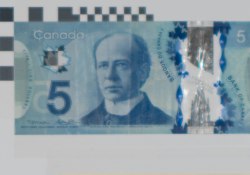



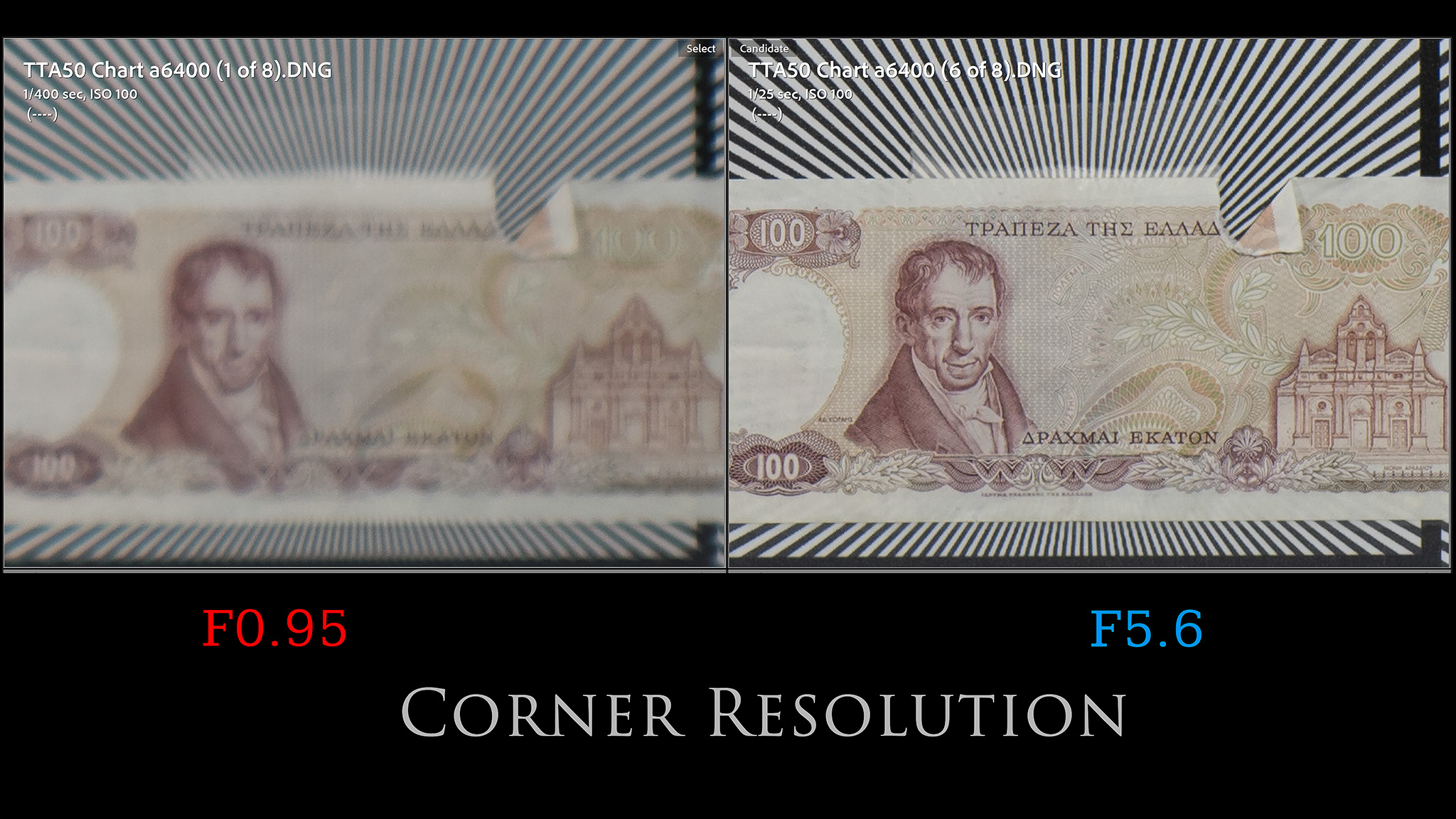
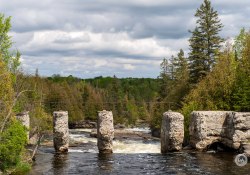


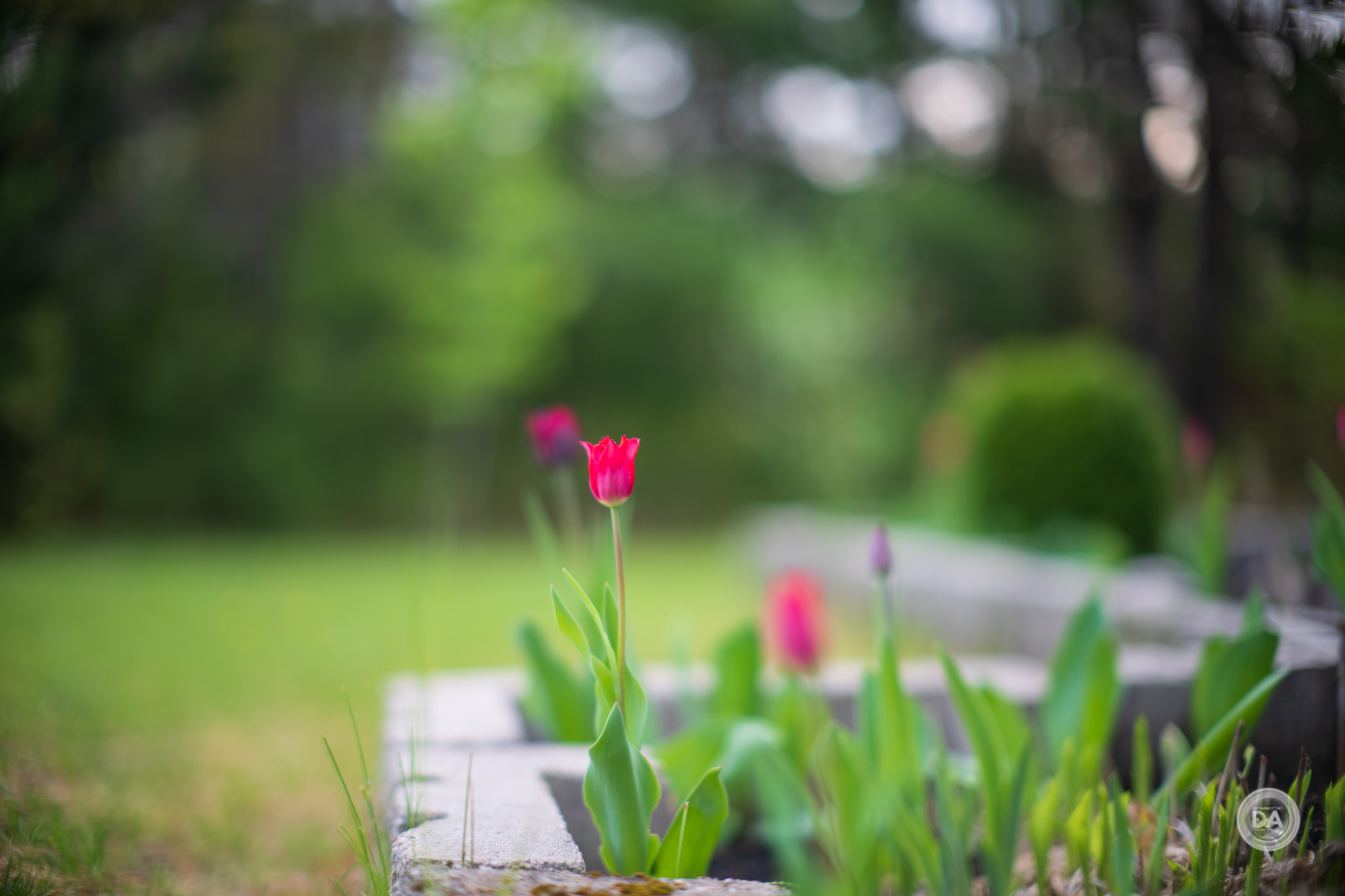







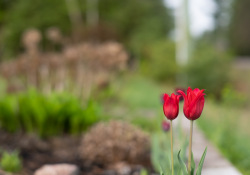

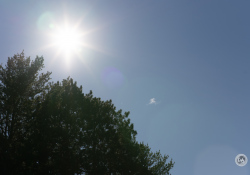


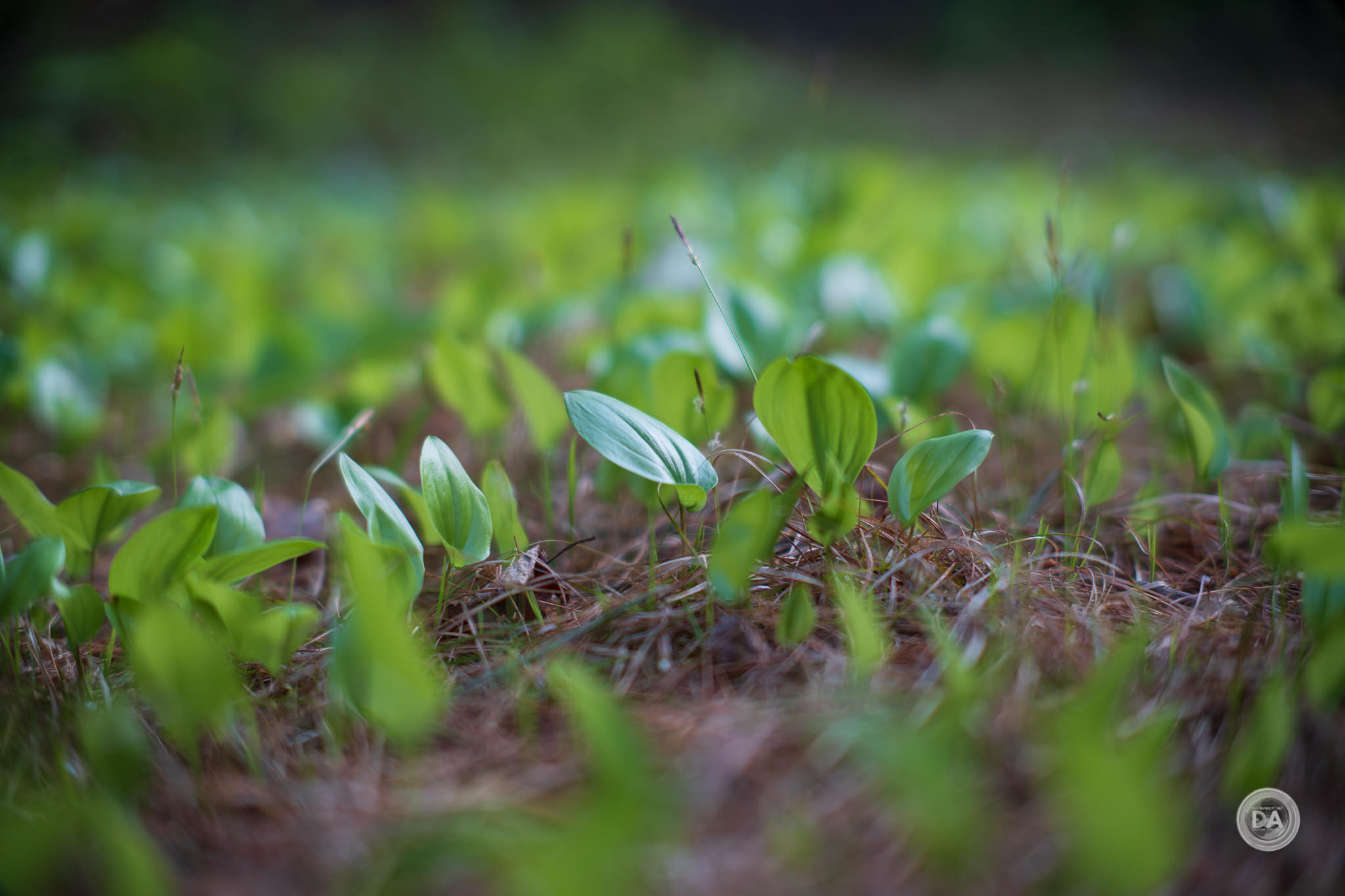

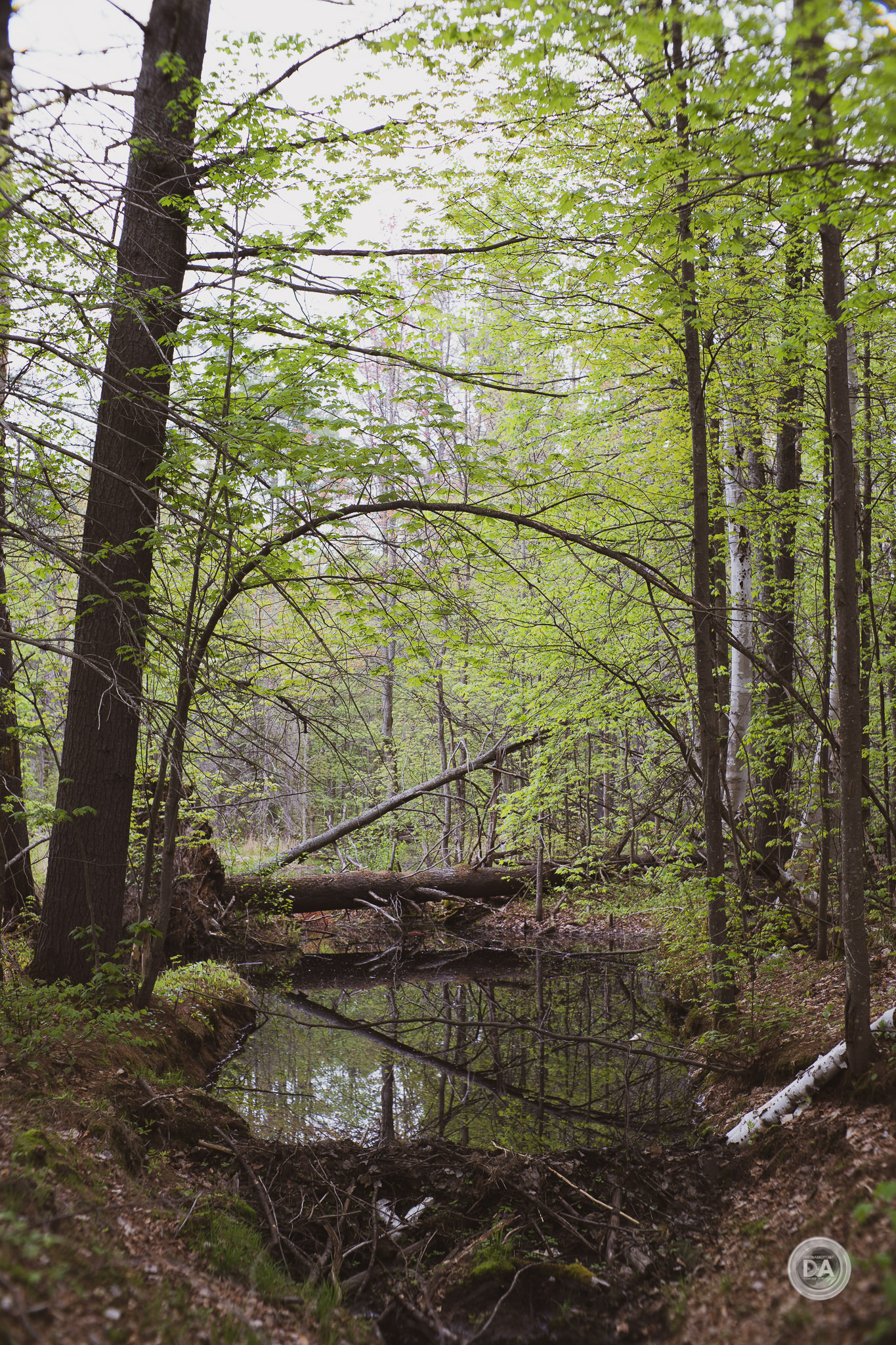


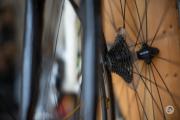









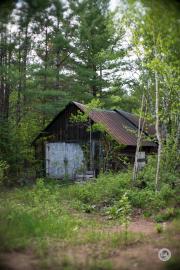

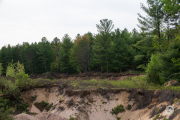







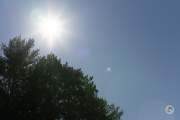





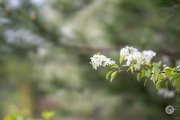
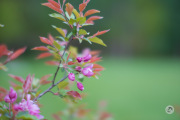










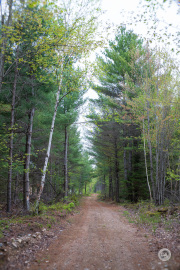

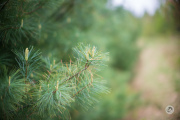







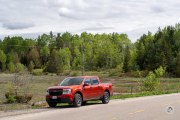






 Sirui Sniper 75mm F1.2 Review
Sirui Sniper 75mm F1.2 Review  Sirui Sniper 75mm F1.2 Gallery
Sirui Sniper 75mm F1.2 Gallery  Tamron 70-300mm F4.5-6.3 RXD Z-mount Review
Tamron 70-300mm F4.5-6.3 RXD Z-mount Review  Nikkor Z 40mm F2 Review
Nikkor Z 40mm F2 Review 






One thought on “TTArtisan 50mm F0.95 Review”